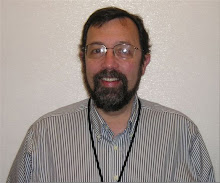Recently there have been news reports concerning the Lacrosse team from the Iroquois nation. A New York Times article describes how members of the Iroquois lacrosse team, among the top 5 in the world, were using passports issued by the Iroquois nation to attempt to travel to Britain for the world championships. Initially, these were denied, but a compromise was reached to allow the team to travel to the games.http://www.nytimes.com/2010/07/15/sports/15lacrosse.html
I note this as an example of self organizing human groups. The Iroquois nation (a good synopsis on Wikipedia http://en.wikipedia.org/wiki/Iroquois) seems to have constituted a “league” of 5 tribes around 1575, possibly earlier. This resulted in the formation of a “Grand Council” made up of 50 hereditary chiefs. The tribes in the Iroquois nation spoke a common language and assigned specific roles to each tribe to fulfill within the league.
Of particular interest to this blog is the role of a leader known as Deganawida “the Great Peacemaker”, a religious figure that brought the 5 separate tribes together. The 5 tribes relied on corn, beans and squash as staple crops, which were nutritionally able to support the people. These crops were strategically grown: cornstalks grow, the bean plants climb the stalks, and the squash grow beneath, inhibiting weeds. In this combination, the soil remained fertile for several decades. The food was stored during the winter, and lasting for two to three years.
Looking back on the last two posts, the Iroquois exemplify the concept of a self organizing human group. They had the leadership and resources (the Great Peacemaker and their crop selection) to organize at a higher level of complexity (nationhood) and are able to establish a strong enough sense of shared history and identity that over 400 years after the formation of the nation, members of the group are still representing themselves as Iroquois.
Subscribe to:
Post Comments (Atom)

No comments:
Post a Comment